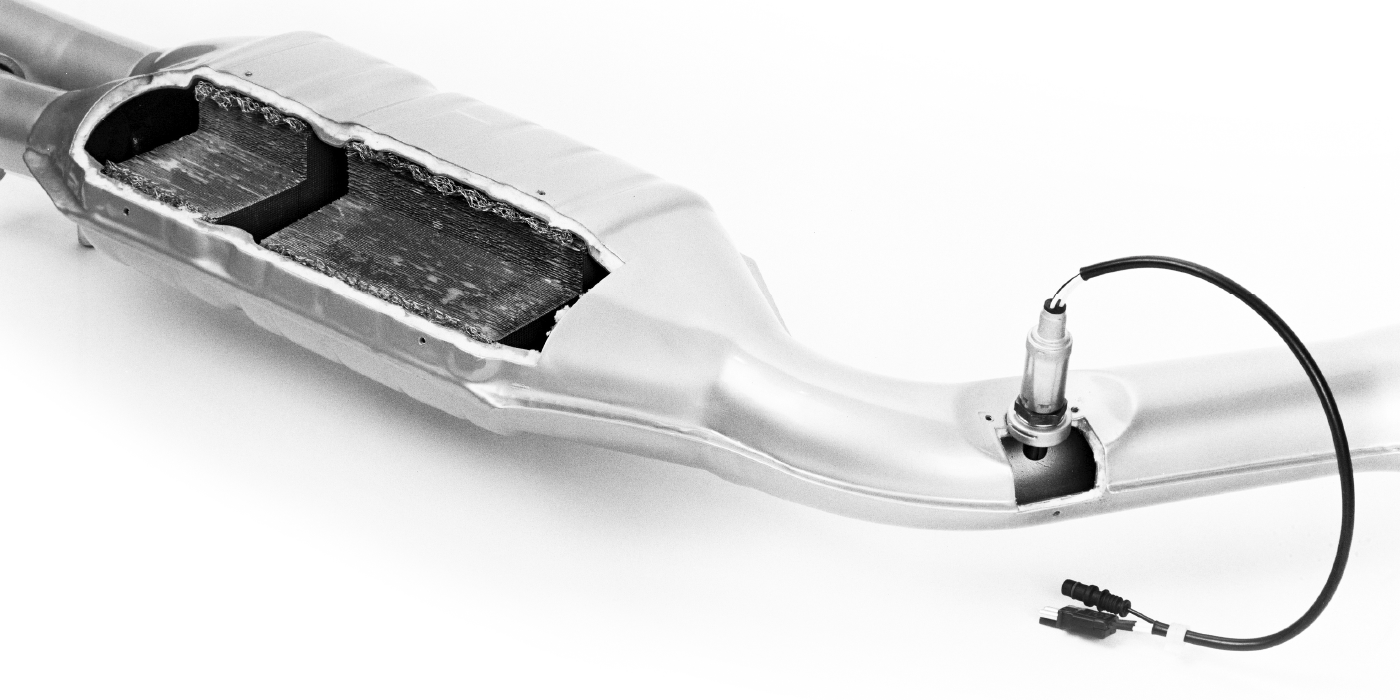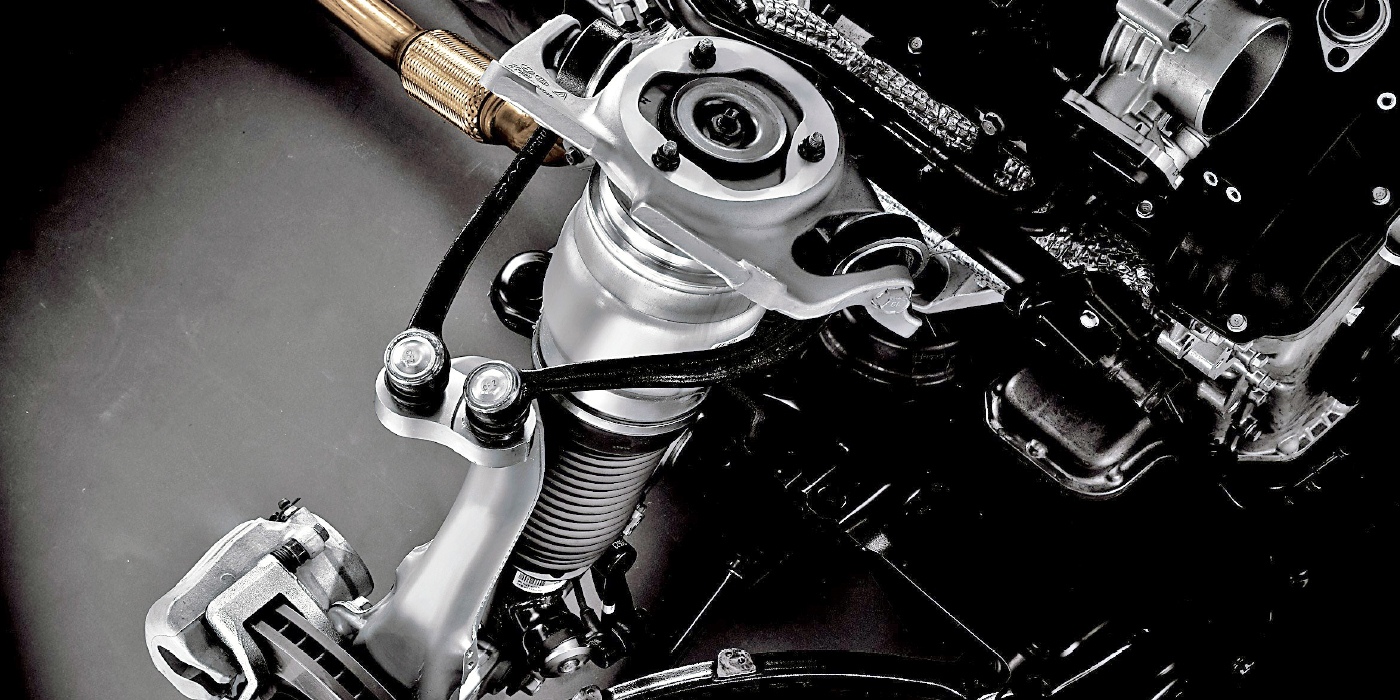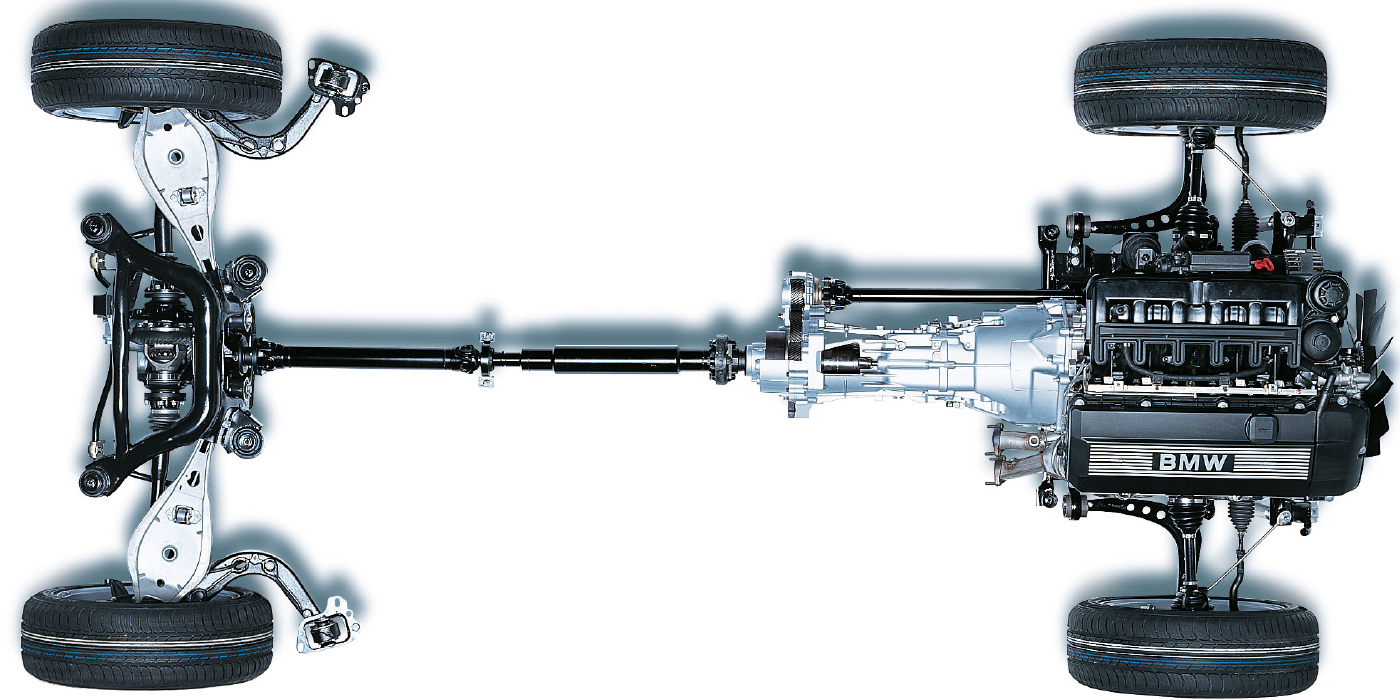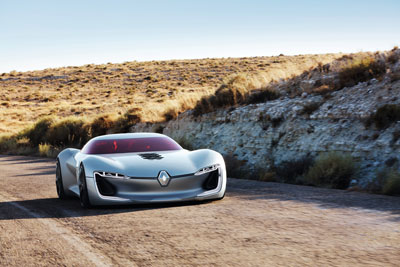 Renault recently unveiled Trezor – an all-electric Grand Tourer concept car that blends Renault’s warm, simple lines with the very latest innovations in interior experience, all-electric powertrain and autonomous driving.
Renault recently unveiled Trezor – an all-electric Grand Tourer concept car that blends Renault’s warm, simple lines with the very latest innovations in interior experience, all-electric powertrain and autonomous driving.
Trezor, a two-seater electric coupé, features striking red glazing and innovative carbon bodywork with contrasting surface finishes.
On the hood, the honeycomb-form air intake echoes the structure of the rear bodywork. These hexagonal shapes provide a variable-geometry intake, the movement of which embellishes the Trezor with extra dynamism and creates the impression that it is actually breathing.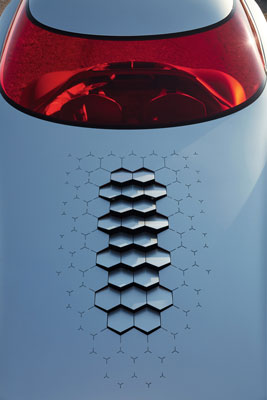
On the left-hand side of the body, the fuel filler hatch has been replaced by an analogue gauge that indicates the vehicle’s charge level, drawing on traditional sports car practice.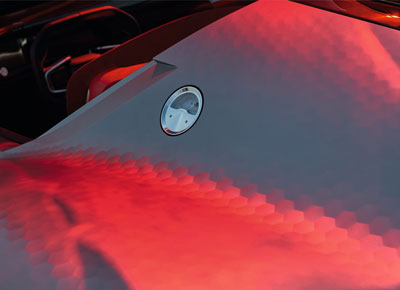
At the rear, the Trezor is equipped with resolutely modern fibre-optic lighting integrating a red laser. This “rope-like” fiber assembly provides bright, distinctive lighting. Under braking, the torsion and stacking of the optical fibers creates an interesting visual effect and increases the intensity of the light.
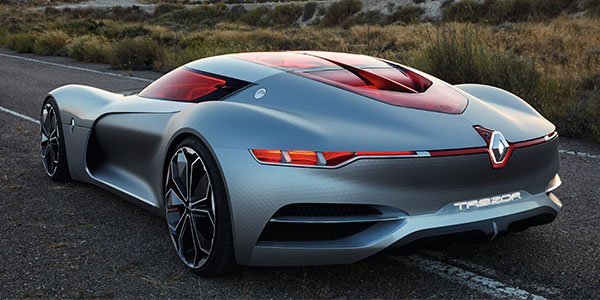
Evolving Interior Design
The accent is on driving pleasure and extensive use is made of high-quality materials, including wood and leather. With its blend of craftsmanship, technology and a truly French touch, the cockpit offers a foretaste of the sleeker, increasingly refined interiors of future Renault models, complete with cutting-edge connectivity.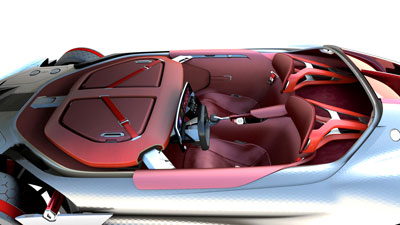
Providing a genuine link between the car’s interior and exterior, the red glazing ensures a bright, warm cabin.
The Trezor’s one-piece clamshell roof lifts much like the lid of a jewelry box to give access to the interior.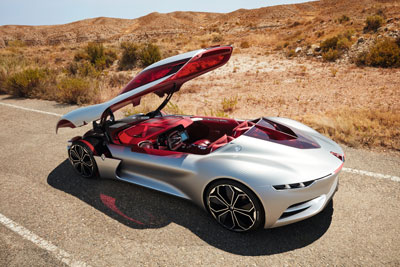
Standing just 1,080mm tall, the Trezor invites occupants to straddle the side of its body as they climb in. This style of entry is a throwback to the world of classic racing cars, wherein drivers felt as one with their machines. Access is facilitated by automatically reclining headrests.
The Trezor provides another surprise when you climb in, with a dashboard made from red wood that incorporates a luggage compartment at the front of the vehicle. Made-to-measure cases are held in place by leather straps.
The refined dashboard highlights the cabin’s modern, high-tech appointments and features a big touch-screen display.
The rectangular steering wheel opens up the driver’s field of vision and is redolent of the world of Formula 1. It features three screens; one centrally mounted featuring the logo and two touchscreen displays to either side instead of conventional stalk controls.
Paving the Way for Electric Sports Cars
Not only does Renault stand out as a pioneer of electric mobility, but it also is contributing directly to the expansion of all-electric motorsport through its participation in the FIA Formula E Championship.
The Trezor’s motor derives from the Renault e.dams, two-time winner of the Formula E Teams’ world title.
With a maximum power of 260kW (350 hp) and peak torque of 380Nm, it provides acceleration from standstill to 62 mph in less than four seconds.
The Trezor features two batteries, each of which has its own cooling system optimized by the variable-geometry air intake incorporated in the hood.
The Trezor also incorporates a brake-operated energy recovery system, courtesy of the Rechargeable Energy Storage System (RESS) technology developed for Formula E racing.
Thanks to its batteries being located separately, one at the front and the other at the rear, the Trezor has optimal weight distribution. Its rear-wheel-drive system ensures that power is delivered to the road more efficiently to enhance driving pleasure.
The Trezor’s proportions also contribute to its engaging on-the-road manner. Its wide tracks (front: 2,048mm / rear: 2,106mm) and wheelbase (2,776mm) enhance road holding, while the ultra-low bodywork optimizes aerodynamics to achieve a drag co-efficient (Cd) of just 0.22. Its center of gravity is also particularly low (ground clearance: 25cm) for greater stability and less body roll.
To improve battery range and performance, Renault Design paid special attention to taking weight out of the vehicle. The chassis incorporates a central carbon cell mated to tubular steel frames front and rear. The monocoque and access hatch are made from carbon. Thanks to this work, the Trezor boasts the poise of a spectacular GT (length: 4,700mm / width: 2,180mm / height: 1,080mm) while tipping the scales at just 1,600kg.
The Trezor is fitted with tailor-developed Continental tires, fitted to 21” and 22” wheels at the front and rear respectively. A part of their tread features a pattern designed to optimize the clearance of surface water while the rest is entirely smooth to maximize grip.
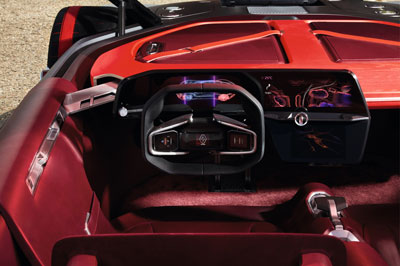
Future Technologies Conceived To Make Life Easier
The Trezor sees the brand explore a new approach to dashboard design with a unique L-shaped display that combines the dashboard controls and the multimedia system.
This type of screen reinforces the interior’s cockpit feel while the satellite-navigation instructions continue to be visible on the upright part of the display. The Trezor makes use of the latest Ultra High Definition developments. A combination of OLED technology (Organic Light-Emitting Diode) and Corning Gorilla Glass has produced a thin, curved screen, which, unlike LED displays, does not require backlighting. The result is superior contrast and color reproduction, along with deeper shades of black with no halo effect.
From the moment you climb in, the screen lights up to welcome you on board and invites you to place your smartphone in a dedicated pocket beneath the armrest. The phone is immediately recognized and a greeting is displayed. The whole vehicle is scanned electronically to ensure everything is functioning correctly.
The touch-screen’s interface can be personalized. The smartphone’s apps will appear on the multimedia system’s screen and the driver can display the widgets of that he or she wishes to use on the screen positioned behind the steering wheel.
Thanks to Renault’s Multi-Sense system, the Trezor offers a choice of three driving modes: neutral, sport and autonomous. The Trezor embodies Renault’s vision of how autonomous cars can make travelling safer and more enjoyable, while allowing motorists to optimize how they use their time.
When the car is in autonomous mode, the exterior lighting signature changes and extends to the lateral and rear logos, to indicate to other road users that driving has been delegated.
Formed by two leather-sheathed aluminum shafts, the steering wheel extends in width in autonomous mode. In the manner of a cinema screen, this movement symbolizes a step into a whole new world of travelling.
With the wheel in this configuration, the driver also has a panoramic view of the dashboard.
In this mode, the Trezor allows occupants to use their time on a journey to stay connected. The driver and passenger are able to immerse themselves in a shared universe, perhaps by watching a film, playing a game or flicking through photographs.
Source: Group Renault











